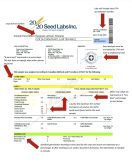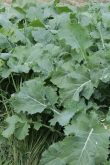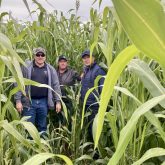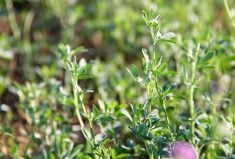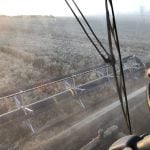Glacier FarmMedia – Back in the 1980s, I spent a lot of time on alfalfa diseases, especially the verticillium wilt disease problem that was spreading across the Prairies, particularly in southern Alberta.
In a few snow-free and cold Decembers in those years, a lot of damage was done to alfalfa, winterkilling entire fields of three-year-old stands. Even white and yellow sweet clovers at roadside banks were winterkilled across the Prairies in those snow-free early winter days. When I visited some of these winterkilled alfalfa fields in April and May, it was recommended they be reseeded to alfalfa as soon as possible. The alfalfa was needed for the alfalfa pelletizing plants in the area.
Read Also
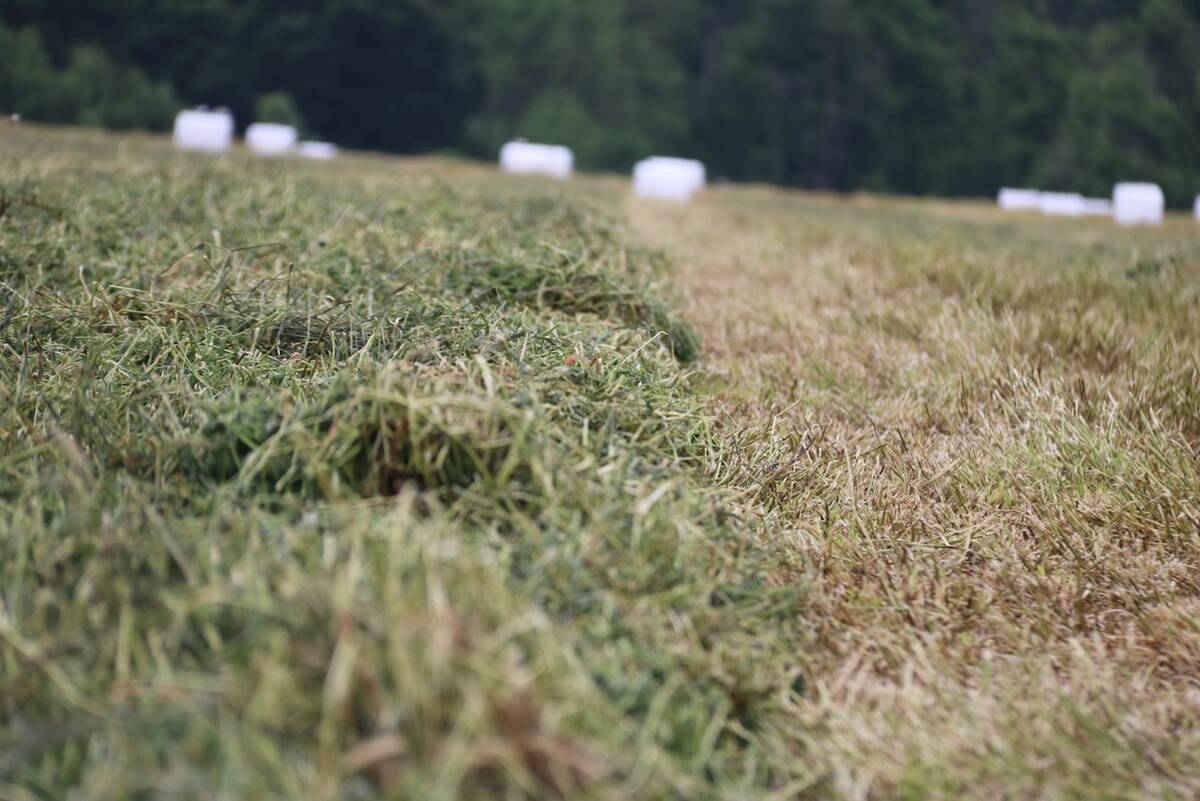
New high performance forage training program to launch in 2026
A new Canadian Forage and Grasslands Asssociation high performance forage program will be a resource for farmers, agronomists and others in the forage sector.
I diagnosed the alfalfa field losses as winterkill since I could not find any significant evidence of damage by verticillium, fusarium or bacterial wilt on any of the alfalfa crops.
Some of these winterkilled fields were resown that spring, and by midsummer the seeded alfalfa crop was non-existent. I found extensive evidence of dead and damaged alfalfa seedlings in these crop failures. I tested the seedlings for disease and could only conclude that it was likely a damping-off disease caused by pythium species.
Little did I know at that time I was wrong. I had misdiagnosed the problem. It was not until recently that it dawned on me that I was dealing with alfalfa replant disease.
Over the last few months, I have read extensively about replant diseases occurring in such diverse crops as apples, grapes, ginseng and even grasses. These replant diseases are now much better understood, but the actual mechanisms remain an enigma. Soil-borne fungi, both parasitic and saprophytic, have been implicated, but there is no evidence to usually show any one fungus is responsible. Soil-borne nematodes and bacteria seem not to be implicated in this replant problem.
When old apple orchards were removed in both Canada and the United States, it was found that if these orchards were replanted immediately to new apple tree stock, the healthy young apple trees would grow very slowly or even die off. If the apple trees were planted on new cropland, then they grew normally. The actual causal fungi may involve several species, but nothing specific has been identified as pathogenic. In these apple orchards you could replant to grapes or pasture with no problems, but pears and peaches, members of the apple “rose family,” did not grow very well. Rose replant disease is now fully investigated in Europe but, as in the case of apples, specific causal agents are not identified.
In Canada we have major problems in Ontario with ginseng replant disease. The ginseng industry, mostly in Ontario, is worth around $250 million annually, primarily as dried root exports to Asia. In this instance, the causal agent is a fungus disease, Ilyonectria mors-panacis. This Ilyonectria was formally called Cylindrocarpon destructans, a long-known root-rotting fungus. Ginseng is normally grown under heavy shaded wooden structures on sandy loam soil in many areas of southern Ontario. The ginseng plants are valued for their four- to five-year-old roots, which are harvested and dried for export. The dried roots are highly valued, particularly in Southeast Asia, for their medicinal properties.
In Ontario, they are running out of room to grow this crop on suitable sandy loam soil. Growers have found that land that grew ginseng as long ago as 20 years or more will not grow this plant. Ginseng (Panax quinquefolius), when planted in previously grown ginseng cropland, will die in the second or third year of growth for a crop that needs four to five years to mature. No amount of soil sterilizing or amendments has worked to date.
A ray of hope for this economically successful ginseng crop may be the Canadian Prairies. Back some 35 years ago, a district agriculturalist in the Wetaskiwin area successfully grew around a quarter-acre of this crop on sandy loam soil in the area.
Back to the alfalfa replant problem. It has now been shown you cannot plant alfalfa immediately on land that had grown alfalfa the same or previous year, nor even where one had been winterkilled. The current theory is that autotoxicity occurs when mature alfalfa plants excrete a chemical that inhibits the germination and growth of alfalfa seedlings. Researchers at several U.S. universities have clearly shown reseeding alfalfa onto land that had just been cleared of an old alfalfa crop, either by herbicides or winterkill, will result in just about a 100 per cent mortality of newly seeded alfalfa. They have also shown overseeding a thin or patchy alfalfa stand results in seedling die-off.
Researchers recommend the following:
- Allow one or two years between terminating an old alfalfa stand and reseeding.
- Do not attempt to reseed or overseed injured or thin stands.
- Do not waste alfalfa seed on thin alfalfa stands.
- Rotate from an old alfalfa stand with any crop other than alfalfa, preferably into a grass or cereal crop, to use up the residual nitrogen.
Prudently, it seems successfully re-establishing a new alfalfa field that had previously grown alfalfa should be left for two to three years.
I will not discuss allelopathy or autotoxicity, since many of those conclusions are guesswork rather than fact in the case of alfalfa replant disease. It’s just a fact that it occurs, not only in alfalfa, but also in many other crops. It is a disorder that is widespread but little understood and at present, we can realize it happens and try and avoid the problems. Replant problems may well be the reason why continuous wheat or canola have lower-than-expected yields due to these unidentified and poorly understood root-damaging micro-organisms.
So, if you have a farm garden, we know now you do not plant a new apple tree on the site of a removed apple tree. You rotate your raspberries and strawberries every few years — and, on the subject of beautification, you do not plant a new rose bush on the site of an old or dead rose bush. That leads to rose replant disease, which is well discussed on the internet.
For a final comment: alfalfa growers should realize the very cold temperatures the Prairies experienced in January this year could be very destructive on alfalfa stands.
Ieuan Evans is a forensic plant pathologist based in Edmonton, Alta., and a regular contributor to Grainews. He can be reached at [email protected].



